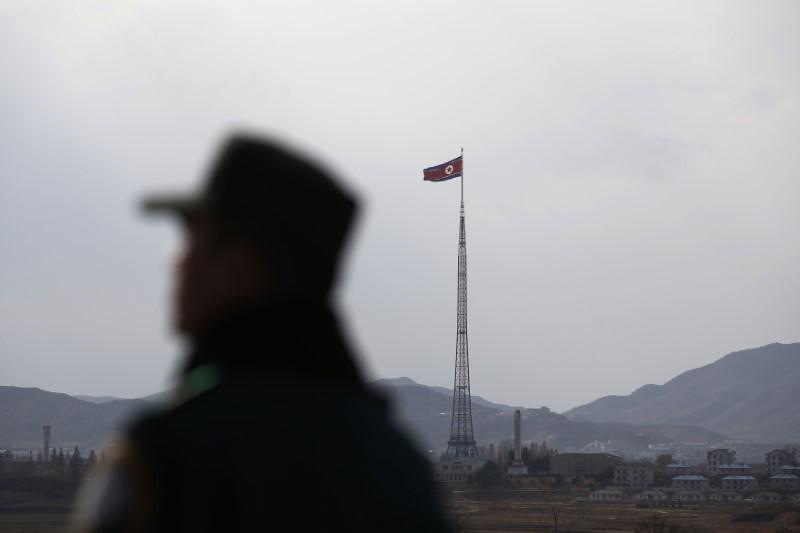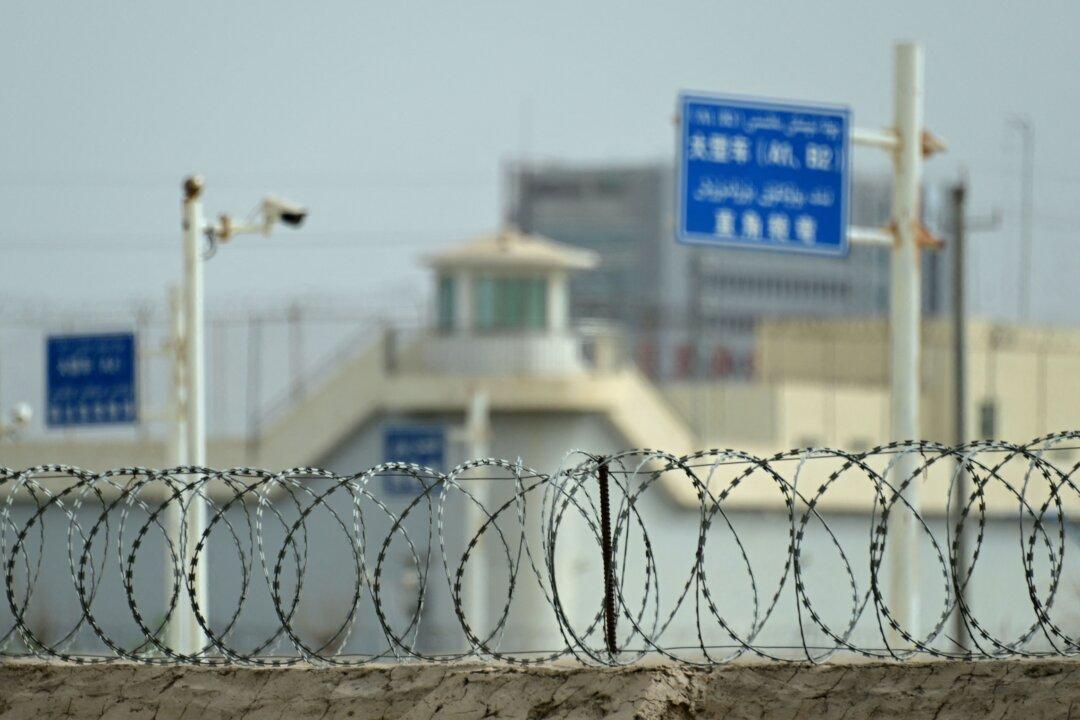More than 800 North Korean defectors who lived near North Korea’s Punggye-ri nuclear testing site before escaping to South Korea will be offered radiation exposure tests, according to a South Korean government official.
The announcement comes after a recent study revealed that more than 1 million North Koreans living near Punggye-ri could be exposed to radioactive materials spreading through groundwater.





